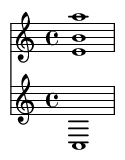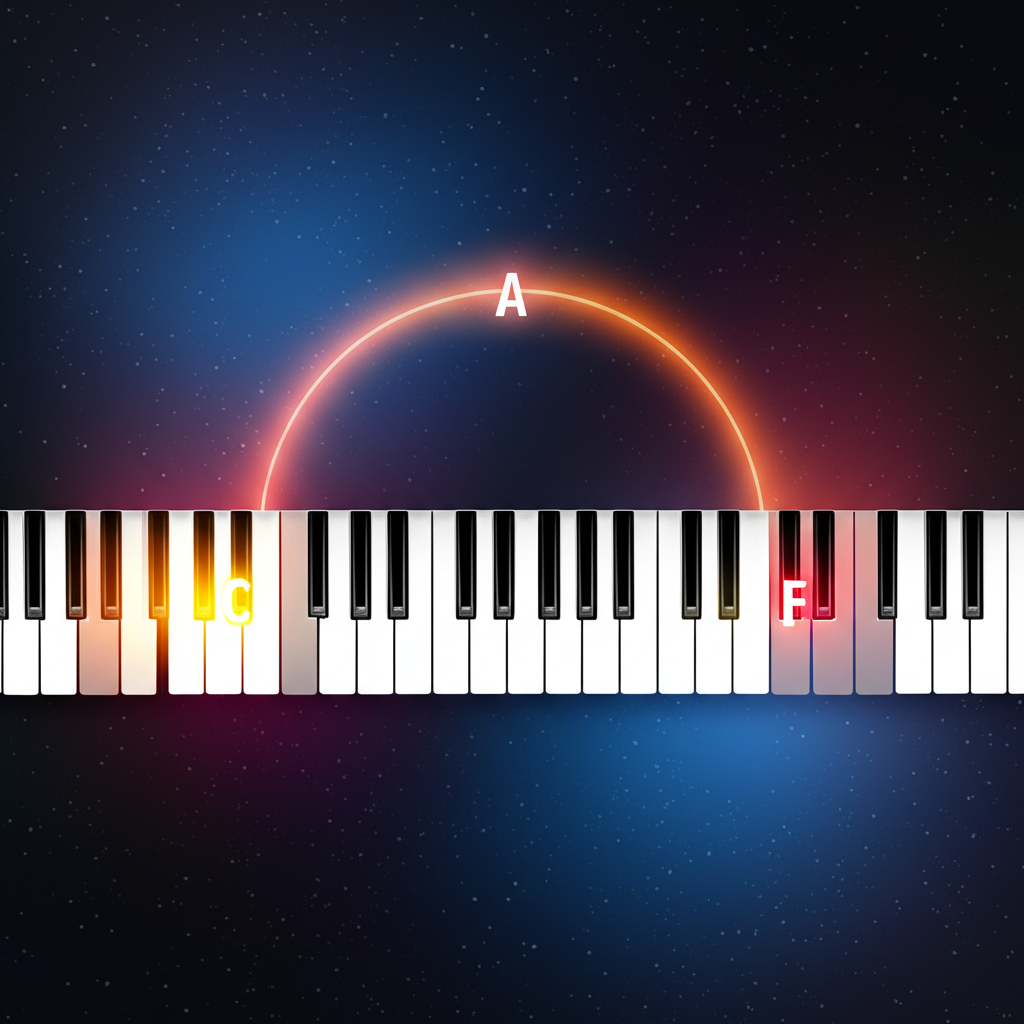Summary:
The major thirteenth is a compound interval that adds a sophisticated, airy, and often dreamy quality to music. Extending beyond a single octave, it is a cornerstone of advanced harmony, particularly in jazz, R&B, and film scores. This article demystifies the major thirteenth, covering its definition, musical examples, role in chord construction, and practical applications for composers and performers.
Keywords:
Major Thirteenth, Compound Interval, Harmony, Music Theory, Intervallic Relationships, MusicXML, Musical Examples, Composition, Chord Construction, Jazz Harmony
Introduction:
While fundamental intervals like thirds and fifths form the bedrock of Western harmony, the sonic universe expands dramatically when we explore compound intervals. Among these, the major thirteenth stands out for its unique richness and expressive power. At its core, it's simply a major sixth stretched across an octave, but that extra space transforms its character entirely. This article will guide you through the theory behind the major thirteenth and demonstrate how to use its lush sound to elevate your own musical creations.
Definition and Classification
A major thirteenth (M13) is a compound interval. "Compound" simply means it is larger than an octave. To construct a major thirteenth, you take a major sixth and expand it by one octave.
- Simple Interval: Major Sixth (e.g., C to A) = 9 semitones
- Compound Interval: Major Thirteenth (e.g., C to the A above the next C) = 1 Octave (12 semitones) + 1 Major Sixth (9 semitones) = 21 semitones total.
While you can "reduce" a major thirteenth to a major sixth by lowering the top note by an octave, the wide spacing of the compound interval gives it a completely different psychoacoustic effect—one of openness, warmth, and sophistication.
Musical Examples
Harmonic and Melodic Intervals
The major thirteenth can be used harmonically (notes played at the same time) or melodically (notes played in sequence). Here are examples starting on C. The major thirteenth above C is A.
1. Harmonic Major Thirteenth (C to A):

2. Melodic Major Thirteenth (C up to A) :

The Major Thirteenth in a Chord
The most common use of this interval is as an extension in a "13th chord". A C Major 13th chord (Cmaj13) contains the root, 3rd, 5th, 7th, 9th, and 13th. The interval from the root (C) to the 13th (A) is a major thirteenth. Here is a Cmaj13 chord voiced for piano.

Practical Applications
The major thirteenth is not just a theoretical concept; it's a vital part of the modern harmonic vocabulary. It is the defining color of two important chords:
- Major 13th Chords (e.g., Cmaj13) : Built on a major seventh chord, this sound is often described as lush, dreamy, and hopeful. It is a staple in modern jazz, R&B, gospel, and the sweeping scores of film composers like John Williams.
- Dominant 13th Chords (e.g., G13): Built on a dominant seventh chord, this sound is funky, soulful, and bright. It's fundamental to blues, funk, and classic jazz harmony, often used to create tension that resolves satisfyingly.
When arranging or composing, use the major thirteenth to add a final layer of sophistication and emotional depth to your chords. Its wide spacing prevents muddiness and adds a pleasing "sheen" to the harmony.
Historical Context and Key Figures
While the interval existed in passing tones for centuries, its deliberate use as a stable, defining part of a chord's color is a more modern development. Impressionist composers like Claude Debussy and Maurice Ravel began exploring these "extended tertian" harmonies in the late 19th and early 20th centuries, breaking from common practice traditions.
However, the major thirteenth truly came into its own with the rise of jazz. Arrangers like Gil Evans and pianists such as Bill Evans, Herbie Hancock, and McCoy Tyner mastered the art of voicing 13th chords, making the interval an indispensable tool for jazz improvisation and composition.
Fun Facts
The major thirteenth is the "final" conventional extension when building chords by stacking thirds (tertian harmony). The sequence goes: Root, 3rd, 5th, 7th, 9th, 11th, and finally, the 13th. The next third up would be the 15th, which is simply the root two octaves higher, bringing us full circle!
The characteristic "openness" of the major thirteenth's sound is not just subjective. Psychoacoustically, the wide frequency gap between the root and the thirteenth prevents auditory "beating" and dissonance, allowing the ear to perceive it as a stable and pleasant sonority despite its complexity.
Conclusion
The major thirteenth is far more than a theoretical curiosity; it's an essential ingredient for creating rich, contemporary-sounding harmony. By understanding its structure—an octave plus a major sixth—and hearing it in context within 13th chords, you can unlock a new level of expressive potential in your music. As a next step, try playing major thirteenth intervals on your instrument. Then, build a Cmaj13 or a G13 chord and listen to its unique color. How can you incorporate that sound into a song you love or a piece you are writing?
References:
Kostka, S., Payne, D., & Almén, B. (2017). Tonal Harmony. McGraw-Hill Education.
Levine, M. (1995). The Jazz Theory Book. Sher Music Co.
Piston, W., & DeVoto, M. (1987). Harmony (5th ed.). W. W. Norton & Company.
